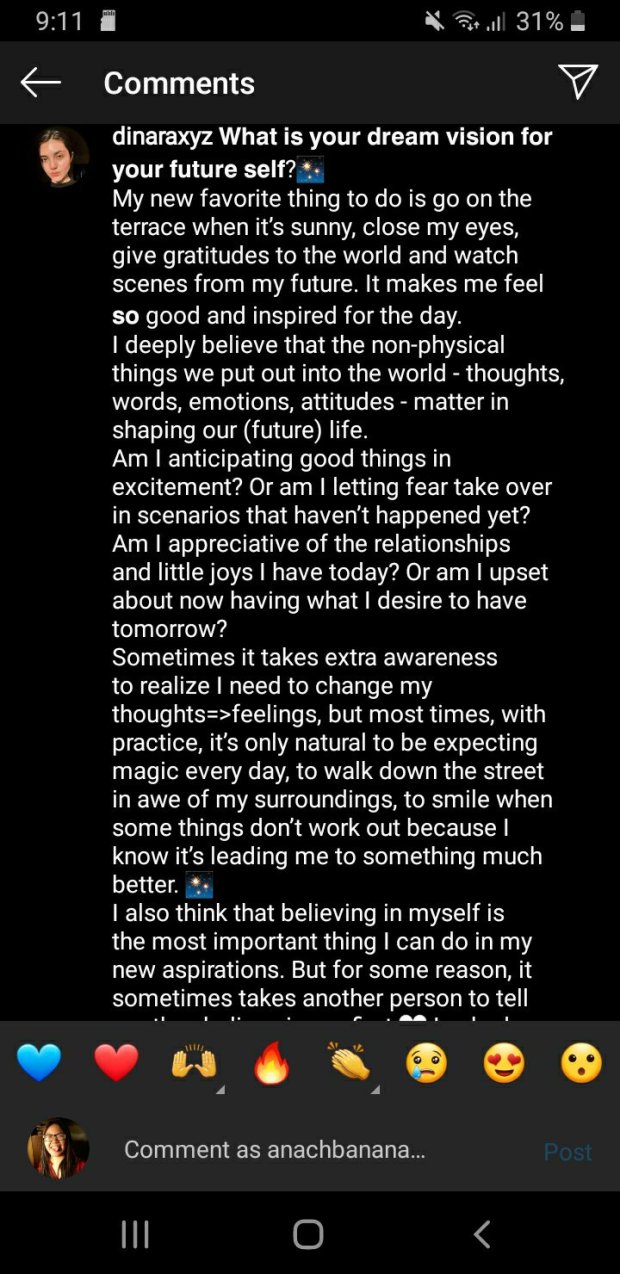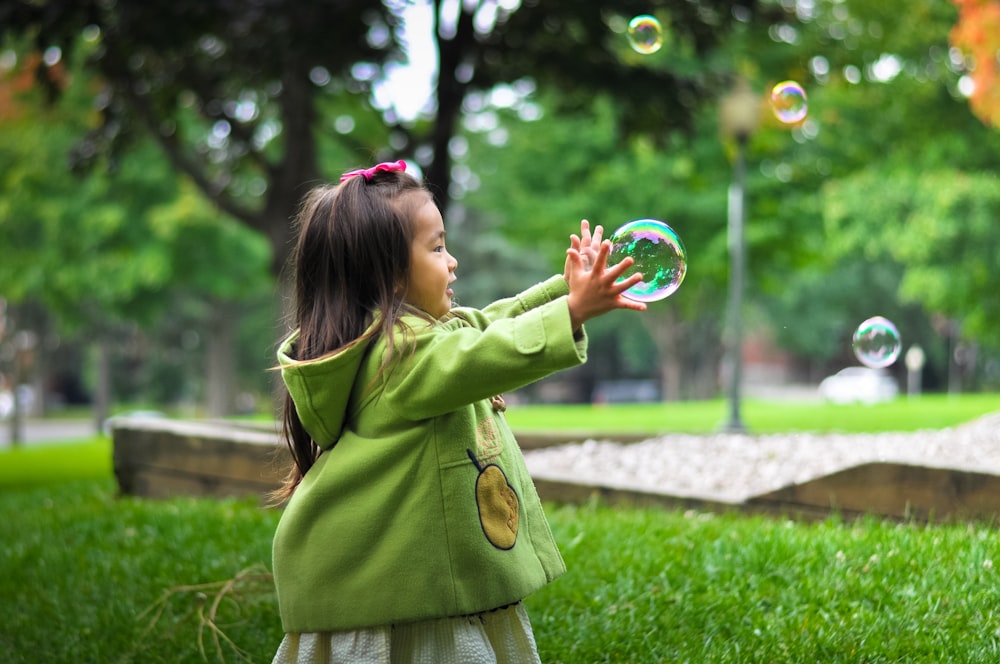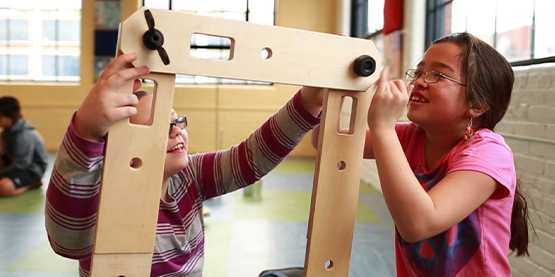I just finished The Lorien Legacies (7 books). For me, its one of those books that you can’t put down.
After reading the last book, I stopped and feel. I let myself feel the exhilaration knowing that a book is finished. I just finished reading their story. Now, I can put them down to rest.
You know what?
I’ve read The Lorien Legacies a few years ago but I just discontinued it because as much as I enjoy it so much, the reviews I read in Goodreads make me feel like I’m the most stupid person for reading the book. Hence, I stopped.
Fast forward to now, The Lorien Legacies crossed my mind when I’m thinking of what makes me happy.
I realized that I should not let other people’s opinions stop me from doing what I am interested in and what gives me joy. For every day in my life, I should choose to do the things that makes me happy. For then, I will truly be able to say, that I have lived well.
Doing things that give you joy makes you alive. Honestly, what the world needs right now are people who are alive.
Hence, I continued reading the books of The Lorien Legacies, starting from the beginning because I forgot all the details. And I have never been so joyful in my life. And I continue to live like this, just doing what I enjoy, letting my interests, curiousities, and desires lead the way.
And before I decided to just do it– to just do the things that I enjoy. Here is what I read, this post is from wyattwesleywriting on Tumblr:
“When I was in fourth grade, I wanted to read Harry Potter. Someone in my class told me I couldn’t because it wasn’t in my level and I wouldn’t understand it. I read Harry Potter just to spite him. I’ve reread it a million times, it’s one of my favourites. I realised after reread and reread that I didn’t understand it in fourth grade.
When I was in sixth grade, I wanted to read the classics. I read the Bell Jar, Red Badge of Courage, Shakespeare, and as many as I could find. I couldn’t tell you what they said. But I looked like I could read at a higher level than I could. I read the same books and plays in high school. They made sense, I enjoyed them, I read them not to prove something but because I wanted to.
When I was in eighth grade, I only read murder mysteries and criminal books. That’s what more advanced readers read. I wanted to prove that I could read as well as someone twice, three times my age. I enjoyed them, but it was because I was proving something.
When I was in college I reread the series of unfortunate events. I loved every single book, every single line. I’d forgotten what it was like to read a book because I wanted to. I read young adult novels more than anything because I like them. I don’t care that they’re below my level, that they’re ‘too’ young for me. I don’t care that people see me reading them.
I realised something. I was taught to read because I needed to. Intelligent people read, that’s how people become smart. Reading isn’t a waste of time like television. I wasn’t taught to love to read. No one is. I found a love of reading by giving up the idea that people gave a shit if I read or not. I enjoy it more than I should. I realised that instead of instilling the idea of doing something because it’s expected or because someone should do something, instill the idea of doing something because you want to. Instill the idea that happiness comes from what we choose, not what others have chosen for us.
I realised that when I’m happiest, when I have the most joy, it’s when I do something for me. It’s when there are no expectations, no drive to prove someone wrong. I realised that my happiest when all inhibitions and perceptions are gone. Maybe that’s how we should enjoy our hobbies.”
—
I can’t stress this enough: DO THINGS THAT BRINGS YOU JOY.
I read that from someone a long time ago but when I read that, it just felt weird. Like I know I’m supposed to do things that gives me joy but why am I not doing it?
I want christmas lights on my room all year long and not just during the holidays because for me, lights have something magical in them. So why am I not doing it?
I do not enjoy scrolling on socmed so much but why do I continue doing it?
When I started to become aware of these things, I started taking more proactive actions on doing more of the things I want and I enjoy doing.
For me, reading sci-fi and fantasy books are one of the things that makes me happy. Whenever I find a good read, I can stay in one place for a couple hours and just get lost in the character’s thoughts. For me, reading is similar to play.
Experts are now redesigning their office systems and spaces to make it more conducive to play. Play is any activity that gives you joy and has no result. The results are only intangible– it improves your overall well-being. Hence, since the result is not tangible, people denote it as unimportant. But play overall helps you to be present.
Most adult spend time worrying about their mistakes and responsibilities. But with play, you get to be here. In here, this moment right now. And that is exactly what reading does to me.
I know, most of us (if not all) are suffering. But may you continue to play, to do the things that you enjoy regardless of what people perceive of it. What is important is what you feel about it.
By choosing to do more play or to do more of the things you enjoy, I am not encouraging you to go on “toxic positivity” but its more of, taking a break from ruminating. And instead, be in the now. Focus on the now. Focus on this hour asking ‘What can I do for this hour that would give me joy?’ or ‘What is the most beautiful thing that I can make?’
Almost two years ago when I cried to my friend after sharing something with her, and I remember how she replied, “Ate, ang importante ginagawa mo kung ano ang nagpapasaya sa ‘yo. Siyempre hindi nila maiintindihan ‘yan kasi hindi naman sila ikaw eh. Ang importante masaya ka. (What is important is that you are doing what makes you happy. Of course, they might not understand because they are not you. At the end, what is important is that you are happy.)” Also, I do not remember why I was crying at that time but I clearly remember that I am crying because I felt like no one understands.
A few years back, my dad pushed me to Kumon. At first, I was okay with it. Believe me, I am able to understand Math pretty well because of Kumon but I just wasn’t happy doing it. My dad forced me to do complete Kumon but I just don’t want it. I do not enjoy doing it. I always go for reading.
When my dad saw it, that doing math worksheets just do not make me happy at all. And he saw how much I love reading, he just let it go. He probably saw that I am old enough to do the things that i wanted and I should learn how to follow my interests instead of forcing me to do what he wanted.
Do more of what you enjoy. I am rooting for you.





